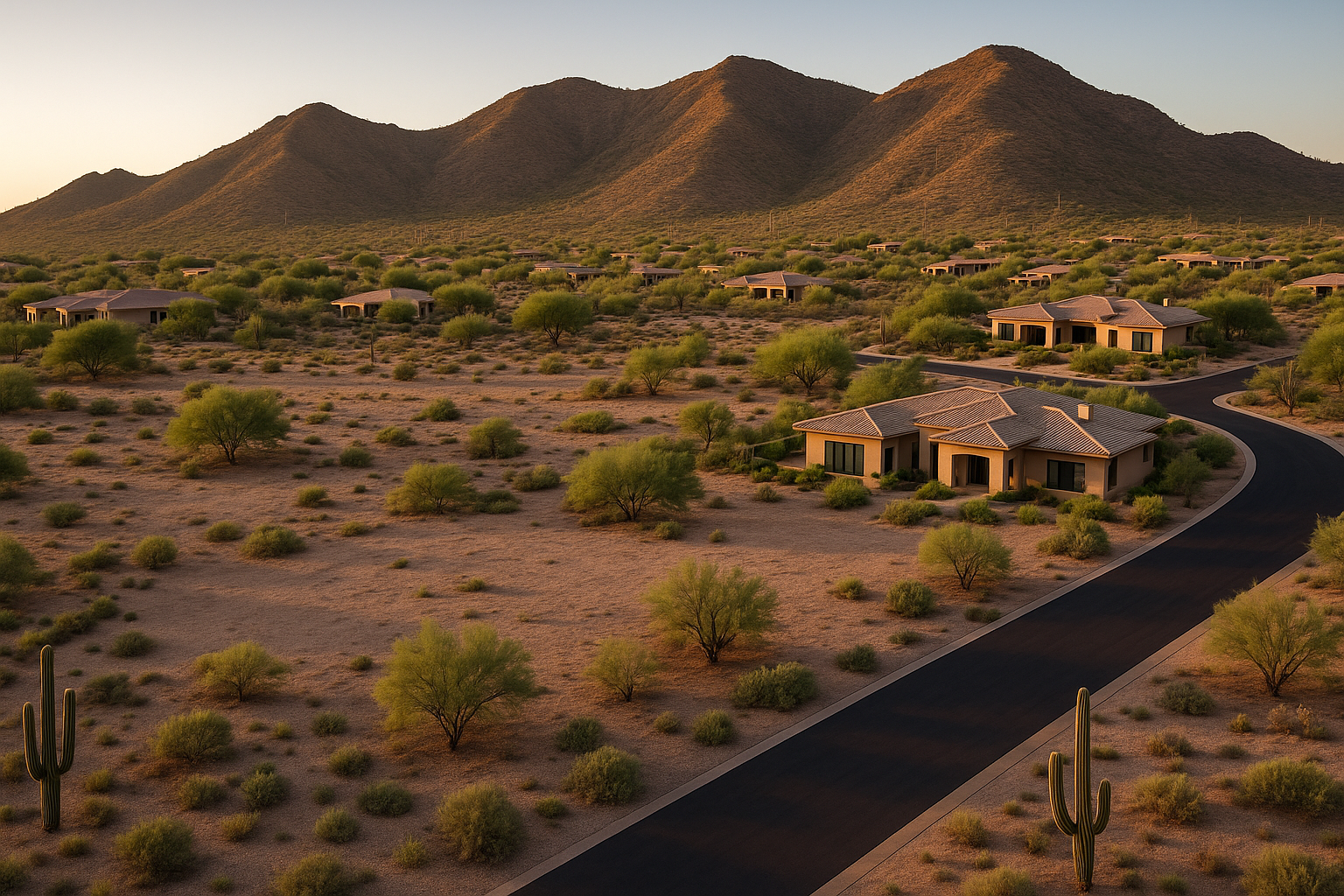
Just because you can see a parcel on Google Maps doesn’t mean you can legally get to it—or connect to power and water when you do.
If there’s one thing that causes confusion (and regret) for landowners, it’s access and utilities.
So let’s break it down in plain English:
How do you know if your land is actually usable or if it’s going to cost you $50,000+ to make it functional?
There are two kinds of access every buyer and landowner needs to know:
This just means there’s a road, trail, or path you can physically use to get to the property—maybe gravel, dirt, or paved.
But here’s the catch:
Just because a road exists doesn’t mean you have the legal right to use it.
Legal access means there’s a recorded easement, public road frontage, or legal right-of-way giving you permission to enter the property.
Without legal access:
You might not be able to get a building permit
Title companies may refuse to insure the parcel
You could be trespassing on someone else’s land to get there
🛑 ALWAYS check the deed or title report for easements or right-of-way language. If it’s missing, you may need a legal access agreement or quiet title action.
Use the county GIS/parcel map – Look for road layers, easement overlays, and public vs private roads
Read the recorded deed – Look for phrases like “ingress/egress easement”
Call the county – Ask planning or engineering: “Does Parcel XYZ have legal road access?”
Look for private roads or locked gates – Big red flags for access issues
Now that you’re on the land… can you power it? Flush a toilet? Drill a well?
Let’s break down the main utility types and what to look for.
Is there a utility pole nearby? Check within 500 ft—otherwise it gets expensive
Which provider serves the area? (APS, SRP, etc.)
Will they extend service? Call and ask for a cost estimate
💡 If no power lines nearby, you may need solar with battery backup or a generator.
Options vary by county:
City water – Rare on rural land
Private well – Requires drilling + possible permit
Water hauling – Used in remote areas (you haul water in tanks)
Shared/community wells – Make sure they’re legally documented
🛑 In Arizona, AMAs (Active Management Areas) have water restrictions. You may not be allowed to drill a well in some zones.
Most rural land requires a septic system
You’ll need to do a percolation test to see if the soil can support it
Permits and inspections are handled by the county environmental health department
Ask the county or city utility office
Look at nearby parcels – Are they developed? Do they have visible meters or poles?
Call utility providers directly with the parcel number
Use Google Street View + satellite maps to spot utility lines, transformers, or infrastructure
Assuming “a road” means legal access
Not budgeting for power or water extensions
Believing a realtor’s claim of “utilities nearby” without verifying
Buying land in an AMA without checking groundwater rules
Ignoring septic feasibility—some soil just won’t perk
Access and utilities can make or break a land deal.
If you don’t have clear access and a plan for power, water, and septic—you don’t have a buildable property. You’ve got a puzzle.
But it’s fixable—with clarity.
That’s where land due diligence comes in. I help landowners figure out what their land can actually be used for—and how to unlock its potential.
A: Physical access means there’s a visible road or trail. Legal access means you have the recorded right to use that road—through a public road or easement.
A: Possibly, but you’ll need off-grid solutions like solar, septic, and a well. Always confirm if these are allowed and feasible before purchasing.
A: Review the deed for easements, check GIS maps for public road frontage, and call the county to confirm access status.
A: AMAs (Active Management Areas) in Arizona restrict groundwater use. You may need special permits—or be blocked from drilling a well altogether.
A: Call the local power, water, and environmental health departments with your parcel number. They’ll tell you what’s available—or what it’ll cost to extend.
Download the Land Access & Utilities Checklist to help you ask the right questions before you buy.
👉 [Download the PDF]
If you’re stuck with a landlocked parcel… or unsure if utilities are even possible…
Let’s talk.
Learn more about the Land Clarity Blueprint or just reach out for guidance.
No pressure. Just clarity.